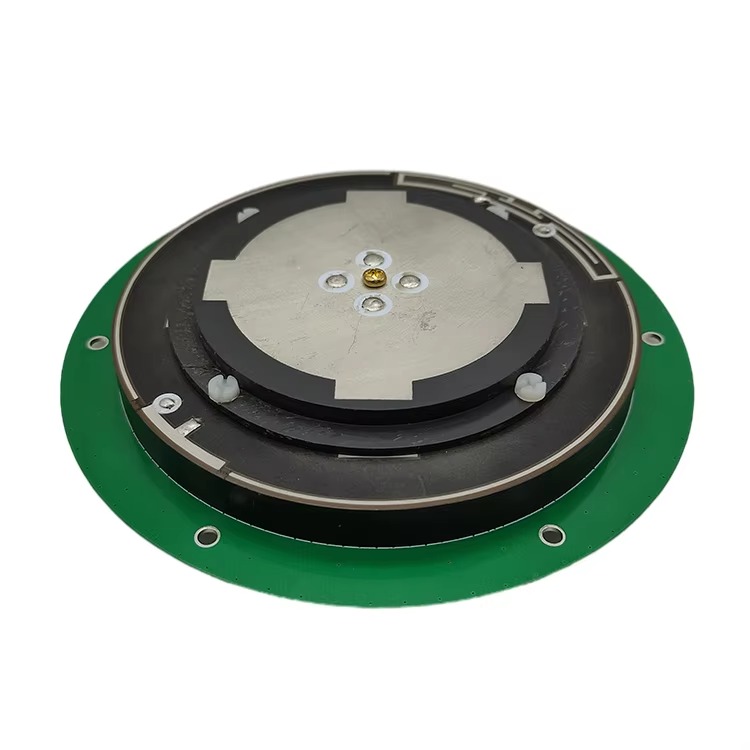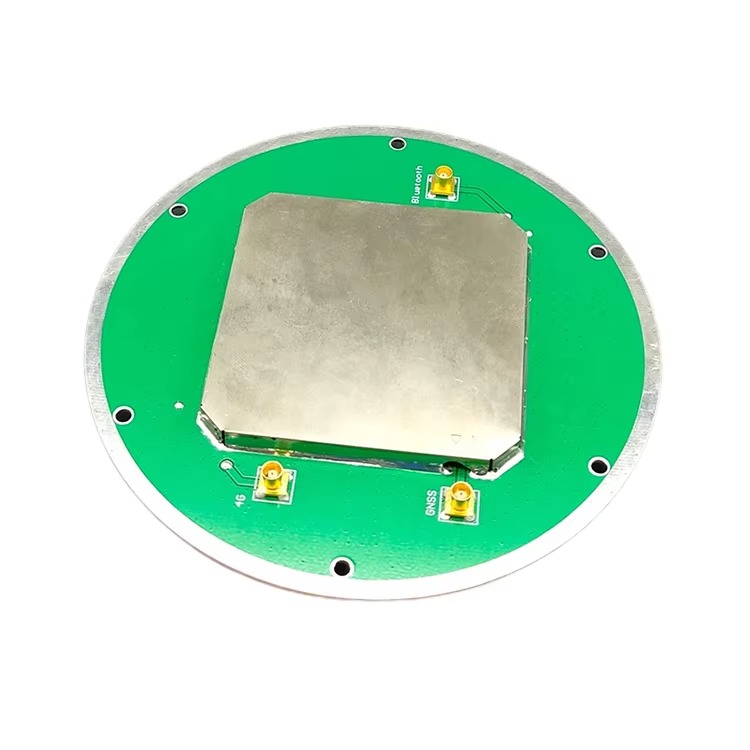Introduction
Low-power GNSS RTK ceramic patch antennas are used in a wide range of applications that require precise positioning and navigation. This section will explore some of the key applications of these antennas and discuss future trends that are expected to shape their development and adoption.
Key Applications
Automotive Navigation: Ceramic patch antennas are used in automotive navigation systems to provide accurate positioning information for drivers. With the rise of autonomous vehicles, the demand for high-precision GNSS RTK systems is expected to increase, driving the adoption of these antennas.
Agricultural Machinery: Precision agriculture relies on GNSS RTK systems to guide tractors and other machinery with centimeter-level accuracy. Ceramic patch antennas are well-suited for this application due to their compact size and low power consumption.
Surveying and Mapping: Surveyors use GNSS RTK systems to measure land features and create detailed maps. The high accuracy and reliability of ceramic patch antennas make them an ideal choice for this demanding application.
Unmanned Aerial Vehicles (UAVs): UAVs require precise positioning information for navigation, mapping, and inspection tasks. Ceramic patch antennas are used in UAV GNSS receivers to provide accurate and reliable positioning data.
IoT Devices: The proliferation of IoT devices that require location-based services is driving the demand for compact and low-power GNSS antennas. Ceramic patch antennas are well-positioned to meet this demand due to their small size and efficient performance.
Future Trends
Multi-Constellation and Multi-Band Operation: As more GNSS constellations become available, there is a growing need for antennas that can operate across multiple frequency bands. Future ceramic patch antennas are expected to support multiple GNSS constellations, improving positioning availability and accuracy.
Integration with Other Sensors: To further enhance positioning accuracy, ceramic patch antennas may be integrated with other sensors such as inertial measurement units (IMUs) and barometers. This integration can provide redundancy and improve performance in challenging environments.
Advanced Manufacturing Techniques: Advances in manufacturing techniques, such as 3D printing and nanotechnology, may enable the production of ceramic patch antennas with even smaller sizes and improved performance. These techniques could also reduce manufacturing costs, making these antennas more accessible to a wider range of applications.
Increased Use in Consumer Electronics: As consumer electronics devices like smartphones and wearables incorporate more location-based services, the demand for compact and low-power GNSS antennas is expected to increase. Ceramic patch antennas are well-suited for this market due to their small size and efficient performance.
Enhanced Security Features: With the growing concern over GNSS spoofing and jamming, future ceramic patch antennas may incorporate enhanced security features to detect and mitigate these threats. This could include the use of cryptographic techniques and advanced signal processing algorithms.
Conclusion of Applications and Future Trends
Low-power GNSS RTK ceramic patch antennas are used in a wide range of applications that require precise positioning and navigation. Future trends, such as multi-constellation and multi-band operation, integration with other sensors, advanced manufacturing techniques, increased use in consumer electronics, and enhanced security features, are expected to shape the development and adoption of these antennas. By staying abreast of these trends, designers and engineers can create antennas that meet the evolving needs of various industries and applications.
Conclusion
Summary of Key Points
Throughout this series, we have explored the overview, design and construction, working principles, advantages and challenges, applications, and future trends of low-power GNSS RTK ceramic patch antennas. These antennas play a crucial role in enabling precise positioning and navigation in a wide range of applications, from automotive navigation to agricultural machinery and IoT devices.
Importance in Modern Technology
The importance of low-power GNSS RTK ceramic patch antennas in modern technology cannot be overstated. Their compact size, low power consumption, cost-effectiveness, and efficient performance make them an attractive choice for designers and engineers. As technology continues to evolve, these antennas are expected to become even more sophisticated, contributing to the advancement of GNSS RTK systems and their applications.
Contribution to Precision and Efficiency
By providing accurate and reliable positioning information, low-power GNSS RTK ceramic patch antennas contribute to the precision and efficiency of various industries. In automotive navigation, they help drivers navigate unfamiliar roads with confidence. In agriculture, they enable precision farming practices that optimize crop yields and reduce environmental impact. In surveying and mapping, they provide the data needed to create detailed and accurate maps. And in IoT devices, they enable location-based services that enhance user experience and enable new applications.
Future Prospects
Looking ahead, the future prospects for low-power GNSS RTK ceramic patch antennas are bright. With the continued expansion of GNSS constellations, the integration of advanced manufacturing techniques, and the growing demand for location-based services, these antennas are poised to play an even more significant role in modern technology. Designers and engineers will continue to innovate, pushing the boundaries of what is possible and creating antennas that meet the evolving needs of various industries and applications.
Final Thoughts
In conclusion, low-power GNSS RTK ceramic patch antennas are a testament to the power of innovation and engineering. Their compact size, low power consumption, and efficient performance make them an indispensable component of modern GNSS RTK systems. As technology continues to advance, these antennas will remain at the forefront of precision positioning and navigation, contributing to the growth and development of various industries and applications.




































































 Language
Language
 En
En Cn
Cn Korean
Korean

 Home >
Home > 







 18665803017 (Macro)
18665803017 (Macro)













